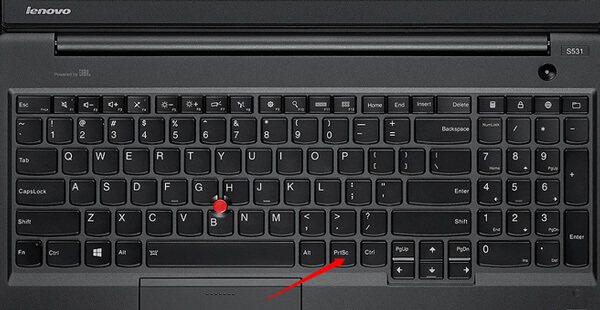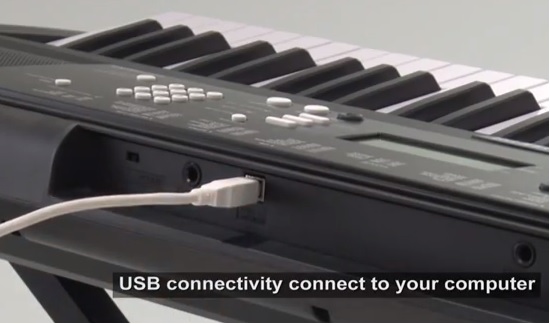
So, you can record a midi file, save it, and then, when you play it back, your keyboard reproduces exactly what you played just as you played it. Your keyboard not only creates midi files, but it can also read them and, if you play a midi file in your keyboard, the keyboard reproduces the music that is encoded in that file. When you record a song on your keyboard, you are creating a "midi file", which is basically a file that captures the duration and volume of every note you play as well as the voice you are using. Your PSR or Tyros keyboard incorporates the above MIDI standard. This data can also be recorded into a hardware or software device called a sequencer, which can be used to edit the data and to play it back at a later time.


These messages are sent to other devices where they control sound generation and other features. MIDI carries event messages that specify notation, pitch and velocity, control signals for parameters such as volume, vibrato, audio panning and cues, and clock signals that set and synchronize tempo between multiple devices. A single MIDI link can carry up to 16 channels of information.

MIDI ( Musical Instrument Digital Interface) defines a technical standard that describes a protocol, digital interface and connectors that allow a wide variety of electronic musical instruments, computers, and other related devices to connect and communicate with one another. Consider the definition below, which I extracted from MIDI - from Wikipedia, the free encyclopedia. 22,576 midi song files, including over 5,000 songs from PSR Performers, all playable directly on your Yamaha keyboard.īefore reviewing what is in this collection, let's talk a little bit about "MIDI".


 0 kommentar(er)
0 kommentar(er)
